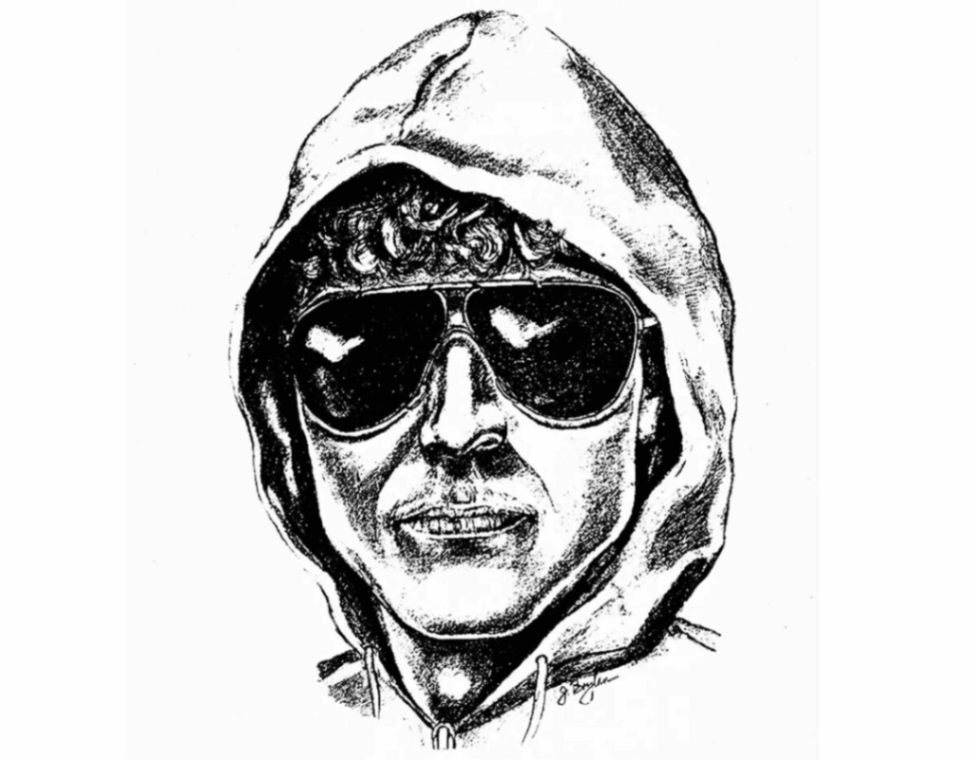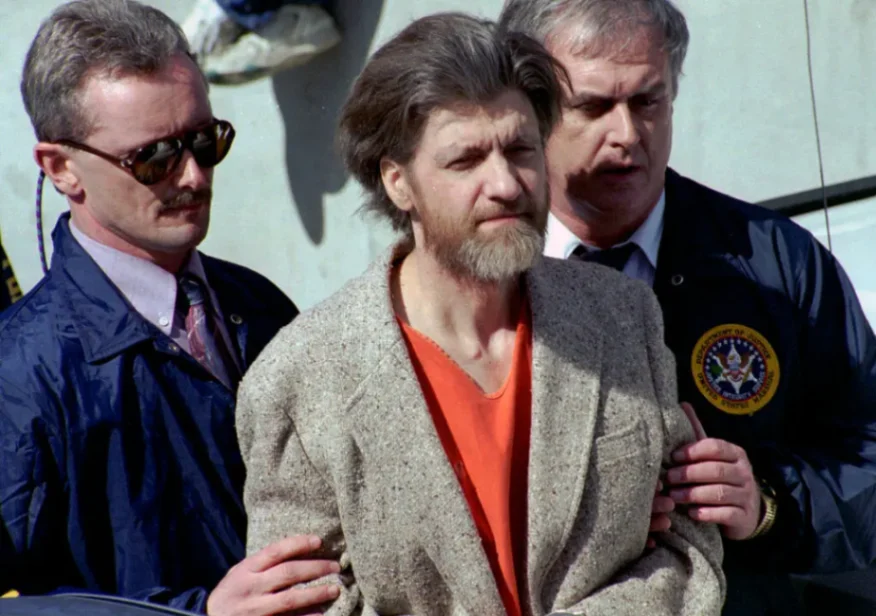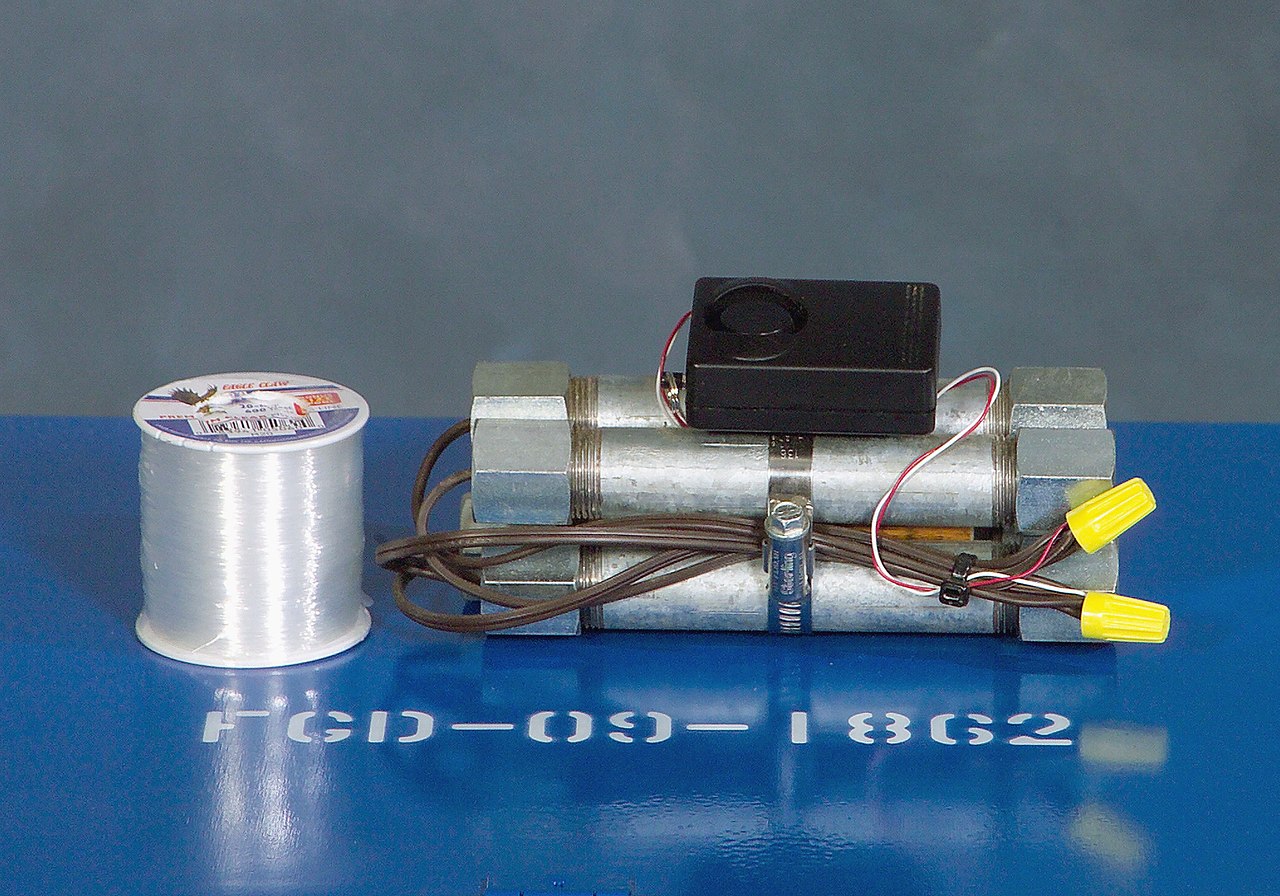There was a man named Ted Kaczynski who lived alone in a small cabin in the woods of Montana, USA. Ted was a very smart man; he was a brilliant mathematician and even taught at a prestigious university. But Ted became unhappy with the way the world was changing. He thought technology was making people less free and hurting the planet. Ted believed that all the big problems in the world had already been solved by technology, and because of this, people were unhappy. He thought people needed new, tough problems to solve in order to feel happy and fulfilled.
So, Ted decided to fight against technology. He started making homemade bombs and sending them to people he thought were making the world worse with their inventions and ideas. He targeted universities, airlines, and others involved with technology. Over 17 years, from 1978 to 1995, Ted sent 16 bombs, which killed three people and hurt 23 others. The FBI called him the “Unabomber,” a mix of “UNiversity” and “Airline BOMber.”
The drawing circulated by the FBI based on an eye witness:

Ted lived a simple life in his cabin. He didn’t have electricity or running water and stayed away from other people. He hunted for food and grew his own vegetables. This way of living helped him stay hidden from the police for a long time. Ted’s bombs were carefully designed, often using everyday materials to avoid detection. He left no fingerprints or traces that could be easily followed.
Despite the FBI’s extensive efforts, they couldn’t find him for many years. Then, in 1995, Ted made a big move. He wrote a long paper about his ideas and demanded that newspapers publish it. He promised that if they published it, he would stop sending bombs. The New York Times and The Washington Post published it, hoping someone would recognize his writing style.
Ted’s brother, David, read the paper and thought the writing style was similar to Ted’s old letters and essays. David told the FBI about their suspicions and they shared some of Ted’s old letters. Experts found that the writing style matched the manifesto. On April 3, 1996, the FBI arrested Ted Kaczynski at his cabin. They found bomb-making materials and drafts of the manifesto. Ted was charged with many crimes related to his bombing campaign.

In 1998, Ted admitted to all the charges and was sentenced to life in prison without the chance to get out. He died in prison on June 10, 2023. Ted Kaczynski’s capture ended a long and scary time in American history. His story shows how a smart mind can go down a dangerous path.
Ted’s ideas were based on a blatantly wrong assumption that all the world’s hard problems are already solved. There are still many new problems to solve and much to explore in the world. As Peter Thiel writes in Chapter 8 of his book Zero to One, we are far from solving all the big problems and there are a lot of secrets to be found. There is always more to discover and create.
Reference Links:
https://en.wikipedia.org/wiki/Ted_Kaczynski
https://www.fbi.gov/history/famous-cases/unabomber
https://en.wikipedia.org/wiki/Industrial_Society_and_Its_Future
